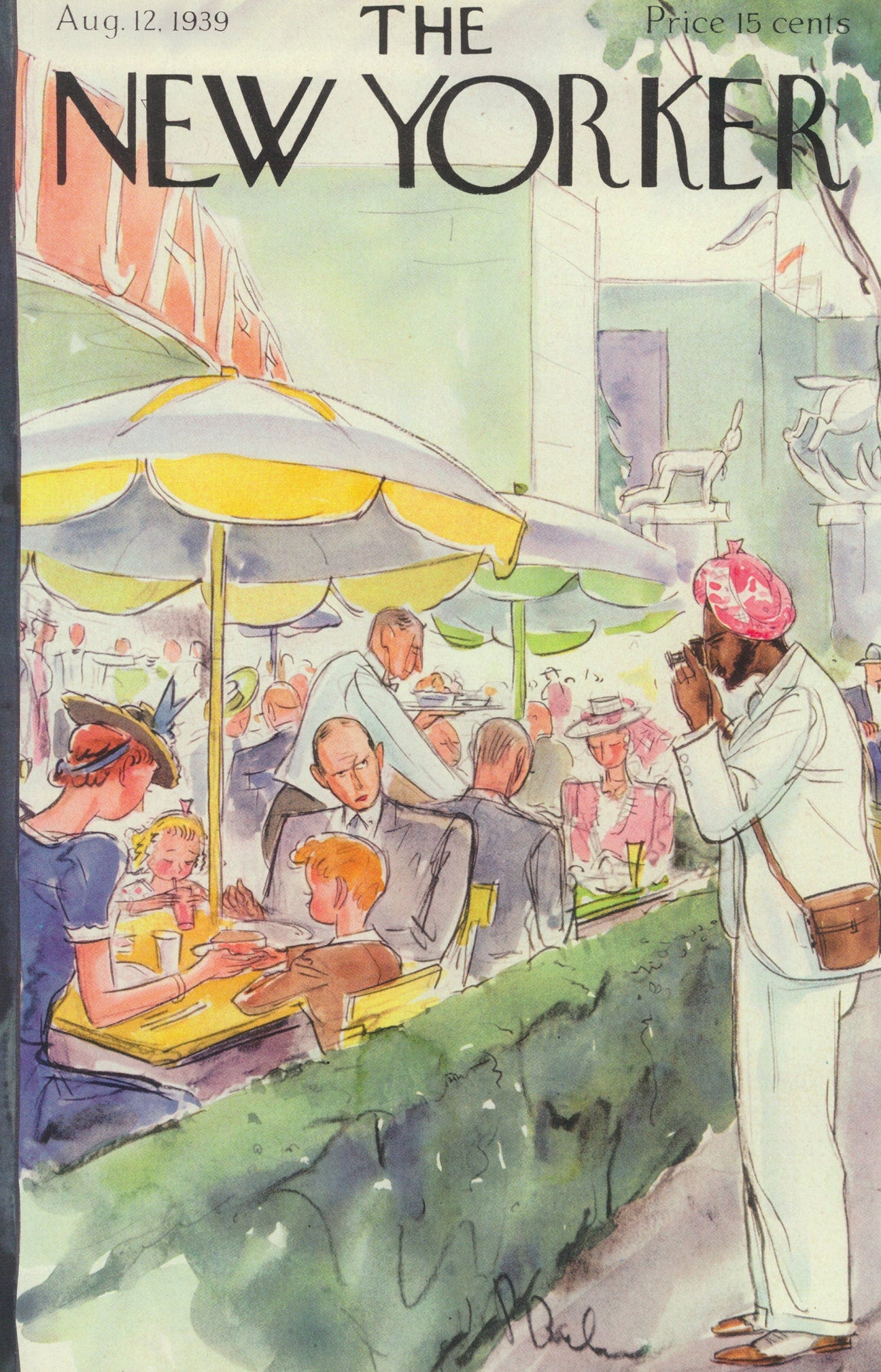Welcome to the Brown History Newsletter. If you’re enjoying this labor of love, please do consider becoming a paid subscriber. Your contribution would help pay the writers and illustrators and support this weekly publication. If you like to submit a writing piece, please send me a pitch by email at brownhistory1947@gmail.com.
Don’t forget to check out our SHOP and our Podcast.

Recommended Reads:
Pakistani Pop Music under Zia's Dictatorship
Amidst the iron grip of General Zia's authoritarian rule in Pakistan, a surprising cultural revolution was brewing. Despite stringent regulations on media and personal expression, the nation witnessed the emergence of a dynamic and irrepressible force —Pakistani pop music. Against a backdrop of political repression and the heavy hand of censorship, this musical genre defied expectations, blending Western influences with Eastern traditions to create a sound uniquely its own. In the face of adversity, artists embraced creativity and innovation, giving voice to the aspirations and struggles of a generation.
Zia's ascension to power in 1977 marked a turning point in Pakistan's media and cultural landscape. Mandates enforced on the state-owned channel PTV (Pakistan Television Corporation) imposed stringent dress codes, requiring men to don sherwanis and female anchors to cover their heads. The Motion Picture Ordinance exacerbated these restrictions, banning romantic scenes and mandating actresses to wear a dupatta on their heads and even refrain from wearing red clothing. Absurd regulations, such as the requirement that a chaperone must present during on-screen interactions between boys and girls who were not related to each other, stifled creative freedom. This vague censorship criteria bred uncertainty, fostering a culture of bribery to navigate the system's inconsistencies. The oppressive environment drove numerous film directors and producers to abandon the industry, precipitating a steep decline in cinema numbers nationwide.
By the 1990s, Pakistan's once-thriving cinema scene had dwindled from over 1300 cinemas in the 1970s to a mere 35, representing a profound loss in cultural vibrancy and artistic expression. Despite these crackdowns, Zia's regime was marked by intriguing ironies. While overt political dissent often triggered bans, subtle forms of dissent found leeway. For instance, Jamil Dehlavi's film "Blood of Hussain" (1977) faced censorship for its critique of military authoritarianism, yet the popular TV serial "Aangan Terha" (1984) provided a humorous commentary on societal anxieties under Zia's rule, deftly navigating the regime's restrictions. These contradictions underscored the intricate dynamics of artistic expression under Zia's oppressive regime.








